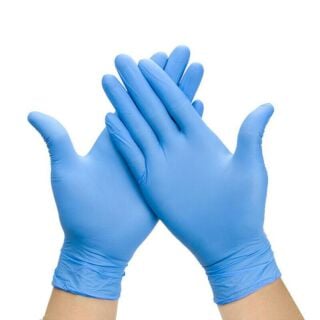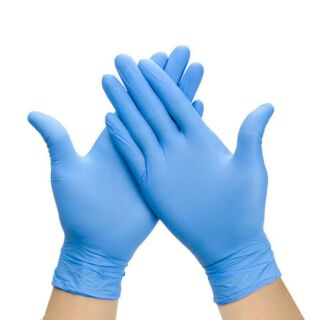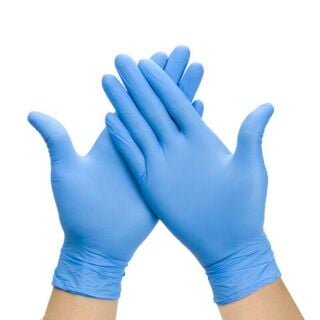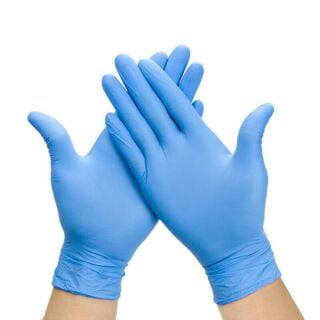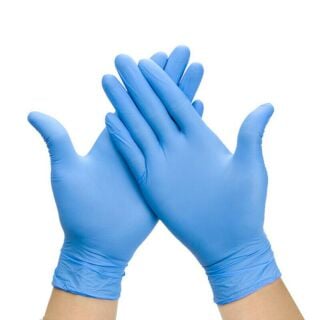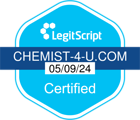Vinyl Gloves
If you’re looking for an extra layer of coronavirus protection when you’re doing the weekly shop or visiting your GP surgery, why not slip on a pair of medical gloves? … Read More See less
Although nothing is better than washing your hands with soap and water, gloves, if applied and discarded correctly, can prevent you from coming into contact with any nasty germs or infections.
Free delivery when you spend over £30

100% discreet delivery for every item ordered
Fully regulated UK pharmacy
What does PPE stand for?
You may have heard the term ‘PPE’ a lot during the pandemic - but what does it mean?
PPE stands for personal protective equipment, which means anything worn by one person to protect themselves against health and safety hazards.
This can include face coverings, gloves, aprons and visors.
Is PPE reusable?
Whether your PPE is reusable depends on the type of PPE you’re using.
For example, PPE gloves or face masks are often single-use only and are designed to be disposed of and replaced regularly.
If you’re unsure whether your equipment is reusable, we’d recommend referring to the manufacturer’s information that’s included with each product, as it should be able to tell you whether you can use each product more than once or how you can clean and reuse the equipment if necessary.
How can I put on and remove my PPE safely?
It’s important that you put on your PPE in the correct order when you’re trying to prevent the spread of infection.
The NHS and the government recommend that you take the following steps when putting on your PPE:
- Step 1: Wash your hands thoroughly for 20 seconds using antibacterial soap and water
- Step 2: Apply your long-sleeved gown or apron
- Step 3: Apply your respirator mask and make sure it fits properly
- Step 4: Apply your eye protection goggles or face mask
- Step 5: Put on gloves
When removing and disposing of your PPE, do so in the following order:
- Step 1: Remove gloves, taking care to touch the outside of your gloves as little as possible
- Step 2: Clean your hands with alcohol-based hand sanitiser gel
- Step 3: Remove your gown, turning it inside out to prevent touching the outside as much as possible
- Step 4: Remove eye protection goggles or face mask, taking care to only touch the straps
- Step 5: Remove your respirator mask, taking care to only touch the straps
- Step 6: Wash your hands thoroughly for 20 seconds with antibacterial soap and water
Public Health England has created some helpful videos that can teach you how to put on and remove your PPE safely, click the link below to watch the removal steps for yourself.
How does PPE prevent the spread of infection?
PPE helps to prevent the spread of infection by keeping you from coming into contact with particles, airborne droplets, or contaminated surfaces.
Viruses and infections can all spread like this, so putting an extra layer of protection between you and any bacteria or particles can help to reduce your chances of catching illnesses such as COVID-19.
However, it’s important to remember that you’ll only get the best out of your PPE if you put it on and remove it safely, avoiding contact with any potentially contaminated PPE.

